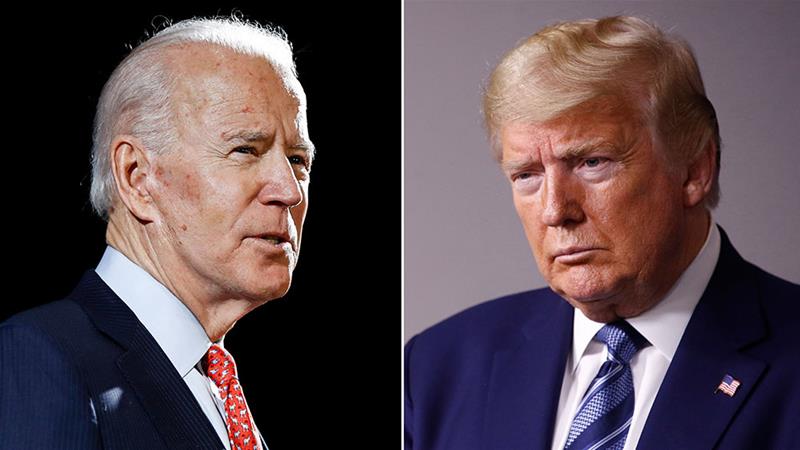
By Jeremy Mauser || Staff Writer
In any election cycle, there’s only one poll that truly matters: the one that takes place at the voting booths on election day. But Americans can still look at other polls to predict what will occur in November.
With the Presidential election less than four months away, numerous pollsters are acquiring data across the nation to gauge voters’ attitudes and probable voting decisions. And if the current polls reflect how the nation will vote come November, then Donald Trump will depart as a one-term president.
The numbers vary across different polls, but Vice President Joe Biden is in the lead against President Donald Trump in nearly every poll by notably wide margins. According to a Quinnipiac University general election poll conducted July 9 through July 13, 52% of respondents plan to vote for Biden while 37% express support for Trump. This data presents a 7% shift in Biden’s favor in Quinnipiac polls in the previous month.
Other general election polls conducted over similar time frames include an NBC/Wall Street Journal poll that found Biden leading by eleven points and another from Reuters and Ipsos that showed Biden leading by ten points. However, not every poll shows such wide margins, as a Rasmussen poll conducted between July 8 and July 14 shows Biden’s narrowly leading Trump’s 44% by only three points, with earlier Rasmussen polls indicating that general favorability has been shifting in Trump’s favor.
Although many polls do not request or publish respondents’ reasons for supporting their candidate, a myriad of factors contribute to voters’ decisions and attitudes. For instance, the Trump administration’s response to the current pandemic and rising case numbers has drawn criticism, in addition to the President’s messaging surrounding recent Black Lives Matter protests and his lack of a response to intel that Russian President Vladimir Putin was placing bounties on American soldiers in Afghanistan.
Yet the former Vice President hasn’t escaped criticism and concerns either, as many Americans question his mental acuity, past policies, and various controversial remarks in interviews. According to a recent NBC/WSJ poll, feelings toward Joe Biden are 34% positive, 19% neutral, and 46% negative. Meanwhile, the same poll reflected 39% positive, 7% neutral, and 54% negative feelings toward Donald Trump.
As many Americans know, the candidate who will sit in the Oval Office until 2024 will largely depend on a handful of swing states. Donald Trump’s success against Hillary Clinton in 2016 was largely due to his narrow victories in a majority of these swing states, including Michigan by 0.3%, New Hampshire by 0.4%, and Pennsylvania by 1.2%.
However, Change Research polls show Joe Biden leading Donald Trump in many swing states by wide margins, including Florida by 13 points, Pennsylvania by 12 points, Michigan by 6 points, and North Carolina by one point. In addition, FiveThirtyEight reports a tied contest, and Dallas Morning News shows Biden with a 5-point lead in Texas, a reliably-conservative state that no Democratic candidate has won since President Jimmy Carter in 1976.
However, these poll results in no way guarantee a Biden victory. Hillary Clinton led most polls in the months leading up to the 2016 election, and every candidate remains under constant scrutiny until Election Day, with the wrong decision or statement influencing public opinion drastically. Come November 3, the polls will mean nothing and our country will decide who will lead us through the ongoing pandemic, continuous cultural changes, and every new issue that will arise over the next four years.
Junior Jeremey Mauser is a staff writer. His email is jmauser@fandm.edu.